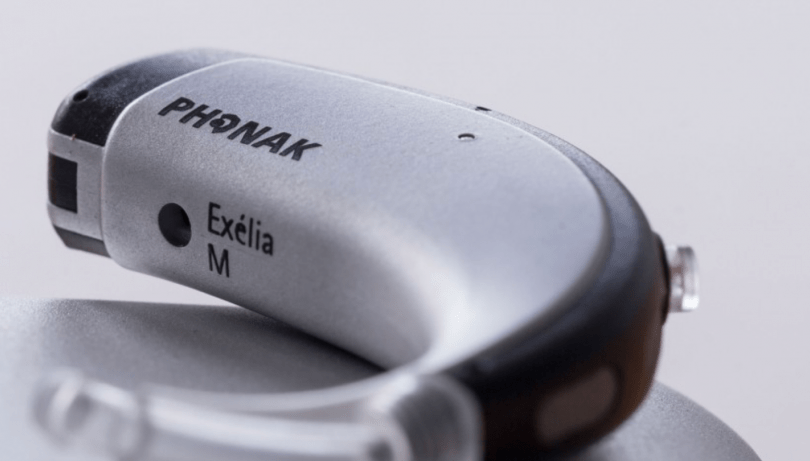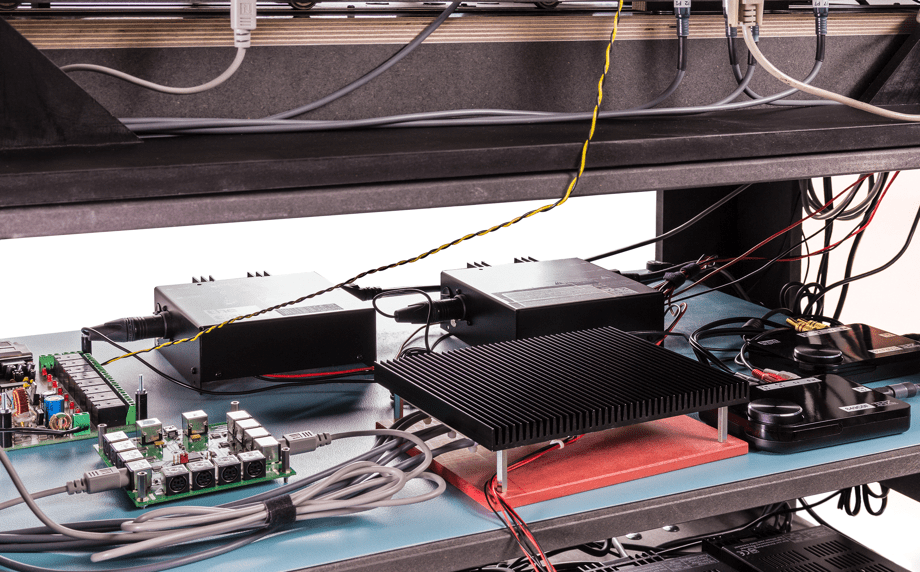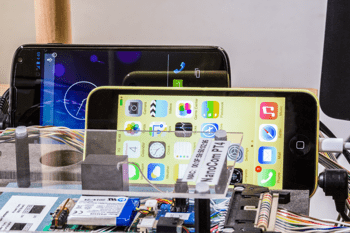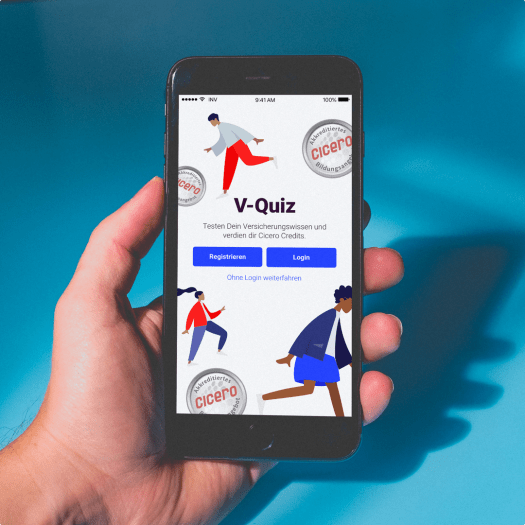Sonova
Test automation for smart hearing devices
Sonova has been developing, producing and distributing technologically leading hearing and transmission systems for 60 years. Their vision is to create a world where everyone enjoys the delight of hearing and therefore lives a life without limitations.
Challenge
Sonova’s newest generation of hearing aids is capable of directly connecting to smartphones, TVs and more for hand-free telephone calls, or to enjoy music and TV. Quality assurance has become more demanding as a result of the extended product range and additional end devices. The growing workload has become virtually impossible to manage manually.
How we got there
To test hearing aids and their end devices more efficiently, we developed the Greenliff TestRunner™ framework, a data-driven test framework implemented in C# that enables the automation of complex and comprehensive test processes. With this framework including hardware, we built a verification machine (VM) that automatically verifies all functional requirements.
Finding the needle in the haystack
With manual testing, it is almost impossible to find errors that occur only very rarely. With test automation, however, we can recognise a connectivity problem that only shows up, say, once in four hours.
Transparency in reporting
For test reporting we use "FAST", our own test reporting web application. With FAST we are able to store the test results in a centralised database, which considerably improves transparency and reproducibility of all test cases.
"We quickly concluded that Greenliff developed a very precise idea for software tests and was already very experienced in processing test results." Cristian Brunner, Director HI Software at Sonova AG
What made our customer happy?
Increase in quality
Thanks to comprehensive test automation, the products are less prone to faults. In addition, even rare faults can now be identified and rectified more reliably.
Increase in efficiency
Since the VM takes over all basic tasks - usually the time-consuming, dull ones - manual testers can now concentrate on more complex, and therefore more interesting, problems.
Increase in productivity
The second and third generation VMs were preceded by tests on around six families of hearing aids. A regression test process currently includes up to about 250 test cases, whereby the last number has been increasing steadily.





